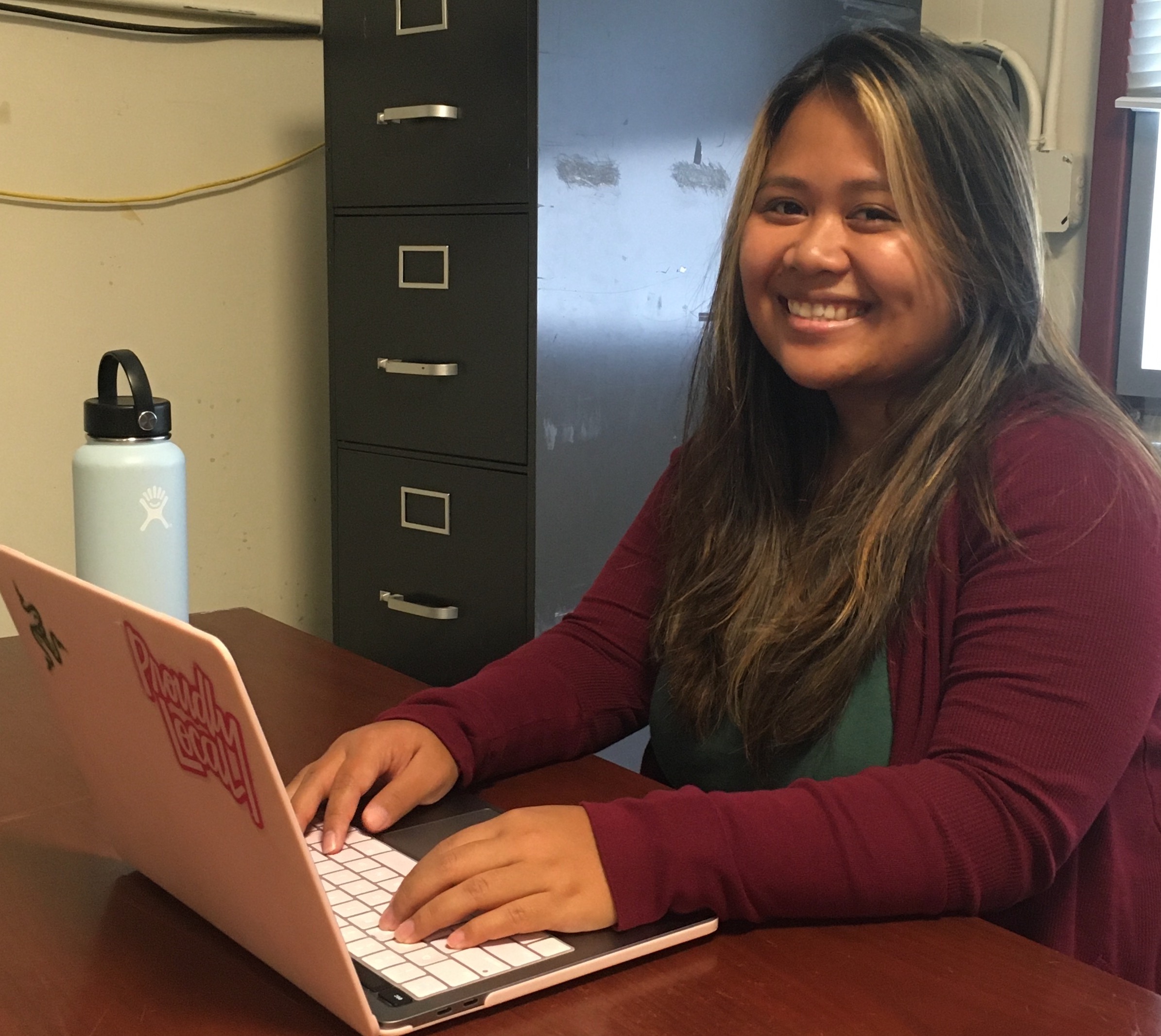
Brittany Ann Ramos was born and raised on Oahu, Hawaii. After graduating from Kapolei High School in 2016, she attended University of Hawaii – West Oahu and Leeward Community College and is now currently a senior pursuing her Electrical Engineering degree at University of Hawaii – Manoa with a concentration of Electro-Physics and a minor in Business. After graduating, Brittany plans to give back to her community by obtaining a STEM-related profession in Hawaii.
Home Island: O’ahu
High School: Kapolei High School, Oahu, HI
Institution when accepted: University of Hawaii at Manoa
Akamai Project: Evaluating the Efficiency of Fiber Optic Observations within FOBOS
Project Site: University of California Observatories (UCO) – Santa Cruz CA
Mentor: Kyle Westfall
Project Abstract:
Fiber Optic Broadband Optical Spectrograph (FOBOS) is an instrument concept for Keck Observatory that utilizes fiber optics to observe targets within its field of view. FOBOS uses more than 2000 Starbug fiber positioners to move two different fiber modes at the focal plane, single-fiber apertures and 37-fiber Integral Field Units (IFU’s), enabling both integrated and spatially resolved observations. By providing thousands of apertures with multiple formats, FOBOS aims to quickly and efficiently observe large, statistical samples. Here, we explore how efficient FOBOS observations will be in an effort to understand how best to optimize FOBOS operations. We have developed Python code that assigns FOBOS apertures to targets using linear sum assignment, and we evaluated the results by calculating the observing efficiency (the fraction of all apertures assigned to targets in each observation) and sample completeness (the fraction of targets observed over all observations) as a function of the target density. In combination, these values produce a figure-of-merit that allows us to identify when the cost of continuing an observing program worsens. We find this transition generally occurs once an observing program can only allocate ~80% of FOBOS apertures to targets. Depending on whether the program requires single-fiber apertures or IFU’s, individual observing programs can expect to observe 75-85% of their targets before observational cost increases. In the future, we aim to show that this can be improved by observing multiple observing programs simultaneously.